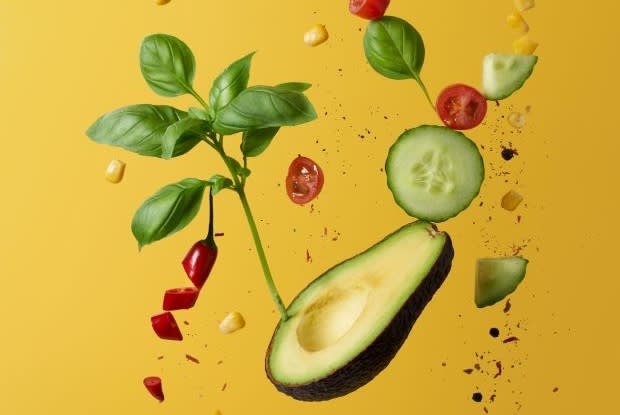Table of Contents
I. Preventing Blood Clots with Anticoagulants
II. Physical Activity to Reduce Your Risk
III. A Healthy Diet for Your Arteries
Preventing Blood Clots with Anticoagulants
Just under a million Americans are affected by blood clots every year. [1] They can lead to potentially life-threatening medical emergencies, so it is important to take steps to prevent a blood clot.
Anticoagulants, also known as blood thinners, are an effective way of reducing your risk. Blood clots can lead to heart attack, stroke, and pulmonary embolism, but blood thinners can prevent these health complications from occurring. Different blood thinners may vary in effectiveness, but the fundamental way they work is similar.
Xarelto (rivaroxaban) is a popular anticoagulant on the market. It is similar to another popular blood thinner known as Eliquis (apixaban). These two drugs affect the factor Xa substance that is necessary for the blood to clot, reducing your risk.
Coumadin (warfarin) is another commonly prescribed anticoagulant on the market. Coumadin is less expensive than newer blood thinners. Depending on your condition, you may be prescribed dipyridamole, which is effective at inhibiting blood clots when taken in high doses over a short period. When it comes to choosing the most suitable anticoagulant, many factors come into play. You may need to consider the cost of medications, their different side effects, drug interactions, and your pre-existing conditions. Certain drugs that treat other conditions may also have blood-thinning effects. Elmiron, which is primarily used to treat interstitial cystitis, is a good example of such a drug. One common complication of having a blood clot is venous insufficiency. This occurs when blood clots leave lasting damage in the arteries or veins, causing weak blood flow. Exercise can both prevent blood clots and improve the strength of blood flow in those who have venous insufficiency. Regular physical activity will help improve blood circulation. Strong blood circulation contributes to a healthier vascular system. Being active can also reduce several major risk factors like obesity and a sedentary lifestyle. Being overweight can significantly increase the risk of a blood clot in the lungs (pulmonary embolism) or legs (deep vein thrombosis), but participating in strength or aerobic workouts every couple of days can help you maintain a healthy weight. [2] Smoking is another major risk factor for blood clots because it can severely damage your blood vessel linings. [3] Because smoking is an addictive habit, quitting can be hard. Leading an active lifestyle can make quitting smoking easier. When you exercise, your brain releases feel-good hormones that can slowly reduce your reliance on tobacco for a “high.” [4] You don’t have to start extreme diets to improve your vascular health and lower your risk of blood clots. Eating healthy to prevent blood clots is fairly simple. Essentially, you’ll want to avoid foods that can lead to high cholesterol because high cholesterol increases the risk of a blood vessel rupture. To avoid high cholesterol, you’ll need to avoid foods high in unhealthy fats. Processed foods and fatty meats can contribute to your cholesterol levels. High levels of unhealthy fats are found in fried foods as well, so avoid them if you can. In addition to avoiding unhealthy fats, eating lots of leafy vegetables and fresh fruits can contribute to a healthy vascular system. Some foods have natural blood-thinning properties. Cayenne peppers, ginger, cinnamon, and turmeric are among the best natural blood thinners. Even though these foods are natural, always consult your doctor when trying new foods. [5] One of the most common mistakes people make is committing to some blood clot prevention methods and neglecting others. If you are at risk, talking to your doctor and starting your treatment plan is a vital first step. But it is just as important to take care of your diet, lifestyle habits, and exercise. If you allow your medications to do all the heavy lifting, you may be putting additional strain on your body. It is also important to be aware of the strength of the blood thinners you take. Warfarin may have interactions with certain foods, and most blood thinners on the market today may have interactions with non-steroidal anti-inflammatory drugs (NSAIDs). Mixing drugs that have interactions can lead to severe adverse effects. When you put all these tips together you can lower the risk of a blood clot and prevent future clotting events. It may seem difficult now, but taking these prevention steps can go a long way in preventing heart disease, stroke, and other serious conditions. [6] The content in this article is intended for informational purposes only. This website does not provide medical advice. In all circumstances, you should always seek the advice of your physician and/or other qualified health professionals(s) for drug, medical condition, or treatment advice. The content provided on this website is not a substitute for professional medical advice, diagnosis, or treatment.
Physical Activity to Reduce Your Risk

A Healthy Diet for Your Arteries

Putting it All Together
